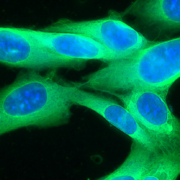Cocaine metabolite imaging in fingerprints with Water Cluster SIMS
Detection of drug compounds and their metabolites in natural environments is a critical topic for both forensic and pharmaceutical applications, and requires overcoming some of the limitations in existing microscopic and analytical techniques.
Time of Flight Secondary Ion Mass Spectrometry (ToF SIMS) is a powerful analytical technique capable of providing detailed chemical and spatial information about a surface, and as such has recently been employed in a number of forensic studies for drug and metabolite detection. However, ToF SIMS can suffer from low sensitivity due to insufficient ionisation efficiency, and this is particularly true for complex biomaterials, i.e. those of most interest to forensic and medical analysts.
Recently, we have led the development of a powerful unique gas cluster ion beam (GCIB) using water clusters. The Water Cluster Source is capable of enhancing ion yields by many orders of magnitude compared to other conventional ion beams (C60+, Bi3+ etc.), and is particularly effective for biomolecular imaging and 3D analysis of organics such as tissue, cells, fingerprints, etc.
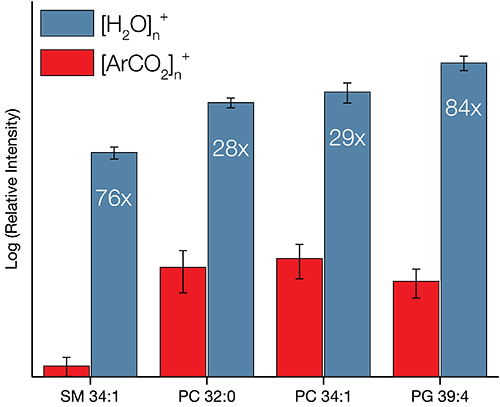
In this application note, an experimental fingerprint detection approach using the Water Cluster Source identifies traces of ingested cocaine on human skin. The use of the J105 SIMS equipped with the Water Cluster Source (Water Cluster SIMS) provides both visualisation of the latent fingerprint as well as discrimination between contact-only and ingested cocaine by looking for metabolites of the drug excreted through the skin.
Detectable levels of metabolite in a fingerprint are extremely low, for instance 25 mg of ingested cocaine excretes less than 2.5 ng/mL in sweat,1 and previous attempts using other mass spectrometry imaging (MSI) techniques such as MALDI and DESI were unsuccessful. Using Water Cluster SIMS, it was possible not only to detect the metabolite, but also to generate a high-contrast chemical map of the entire fingerprint.
The fingerprint specimen, provided by University of Surrey, was collected on a piece of silicon wafer from a donor who had previously ingested cocaine,2 then a ToF-SIMS analysis was acquired on an 18×6 mm2 area with a 70 kV (H2O)29k+ primary ion beam in the J105 SIMS.
Figure 1(a) shows the chemical image of the 290.14 m/z signal, demonstrating the characteristic fingerprint features with ridges, valleys, as well as sweat pores. Due to the high mass accuracy of the J105 SIMS, this signal is confidently annotated as the cocaine metabolite benzoylecgonine (BZE, C16H20NO4+). Figure 1(b) shows a colour overlay of BZE (magenta) and the cocaine molecular ion (C17H22NO4+, 304.15 m/z – yellow). As expected, cocaine was observed in particulate form (see arrow) due to direct contact of the donor with the powder, and is not co-localised with BZE.
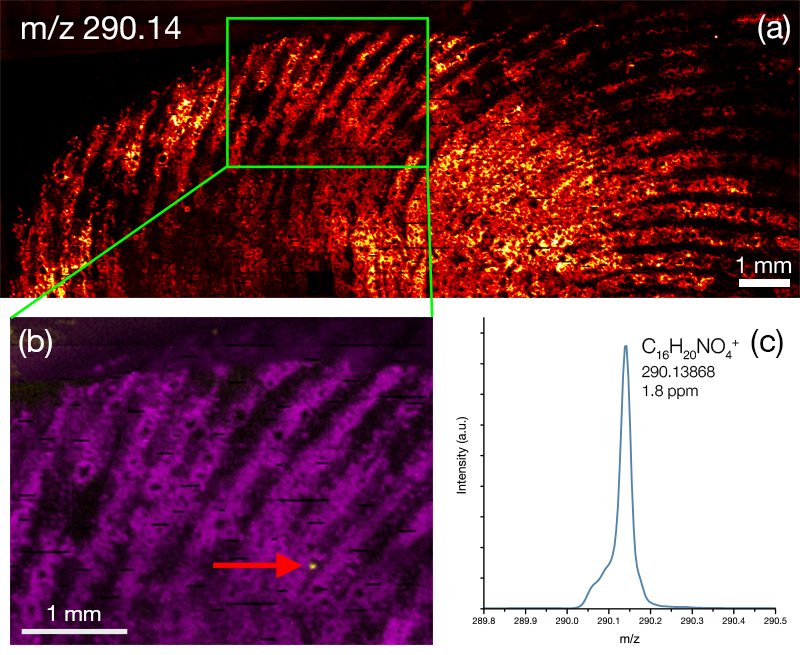
These images, with the small amounts of BZE and cocaine present, demonstrate the benefits of Water Cluster SIMS for enhancing sensitivity, particularly for trace detection of organic compounds in complex sample matrixes.
The J105 SIMS is a powerful tool for 2D and 3D molecular imaging, providing high sensitivity analysis with a range of powerful features. Now featuring the new Water Cluster Source, the J105 takes another leap forward to offer even greater sensitivity and to intact molecular ions. This exciting new technology has been shown to dramatically improve the imaging of drug metabolites ingested by the body, and is a powerful tool for visualising molecular information in a wide range of applications.
To find out more about how the J105 SIMS can benefit your research, get in touch via our Contact Page.
References
- Kacinko, S. L., Barnes, A.J. et al. , Disposition of Cocaine and Its Metabolites in Human Sweat after Controlled Cocaine Administration, Clinical Chemistry, 51, 2085 (2005). https://doi.org/10.1373/clinchem.2005.054338
- Jang, M., Costa, C., Bunch, J. et al. On the relevance of cocaine detection in a fingerprint. Sci Rep 10, 1974 (2020). https://doi.org/10.1038/s41598-020-58856-0

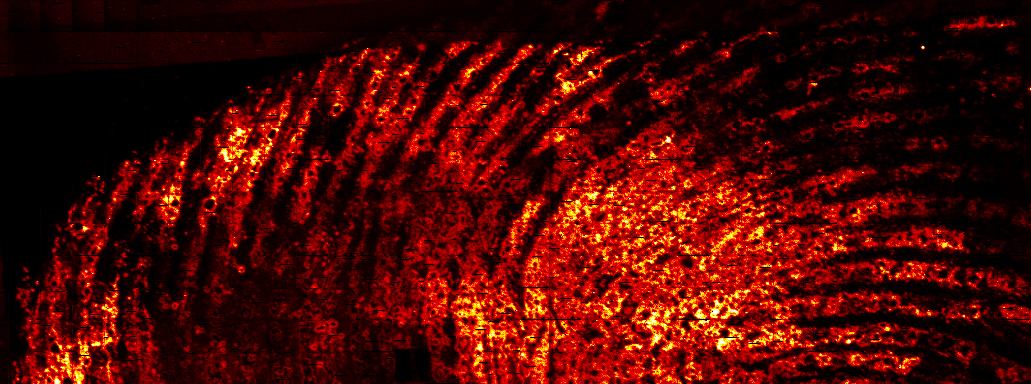 Ionoptika Ltd
Ionoptika Ltd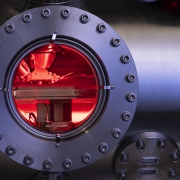 Ionoptika 2020
Ionoptika 2020 
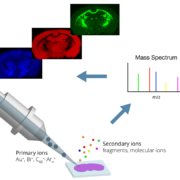 Ionoptika
Ionoptika 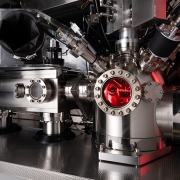 Ionoptika Ltd
Ionoptika Ltd 